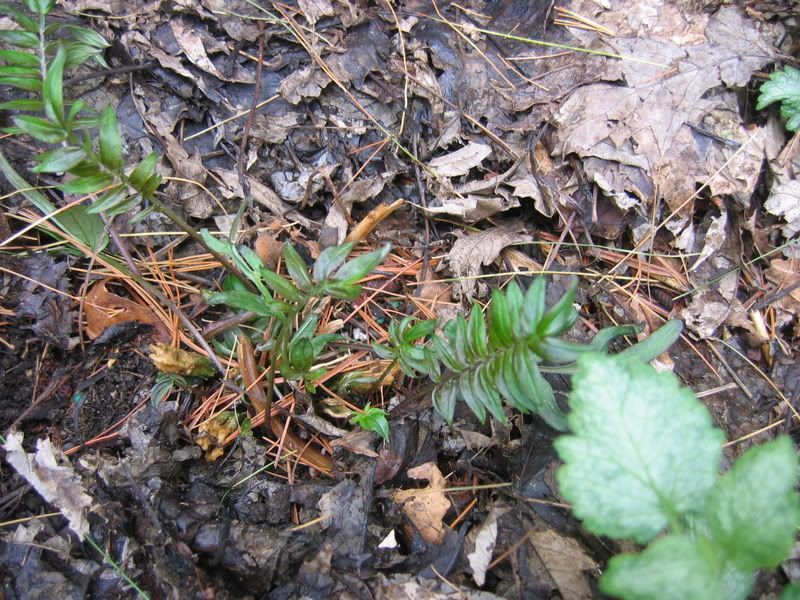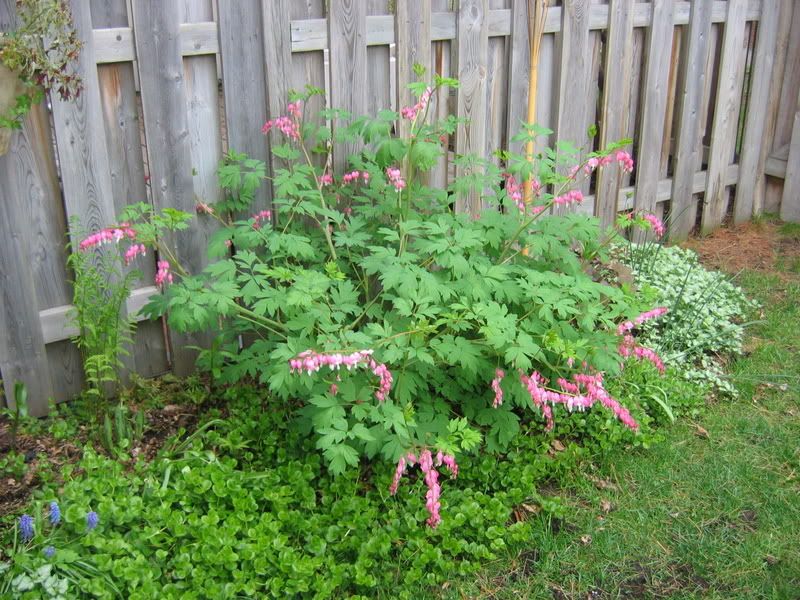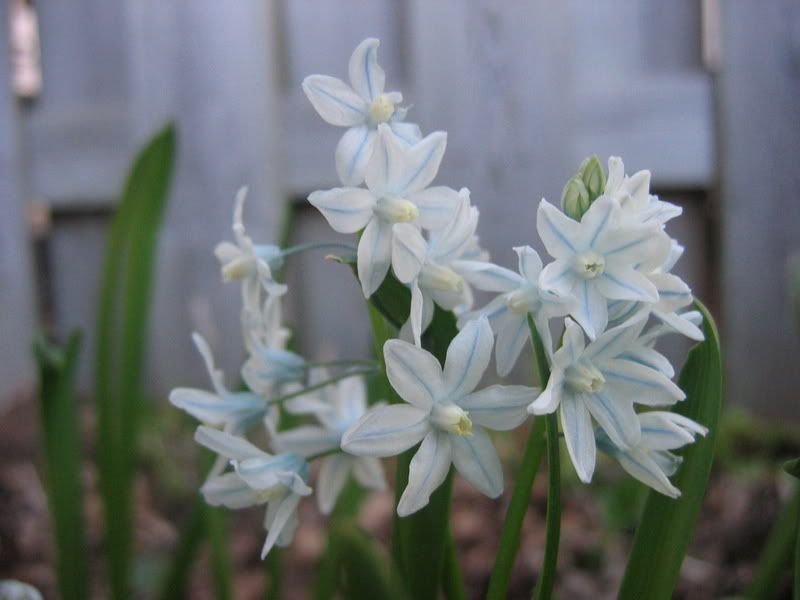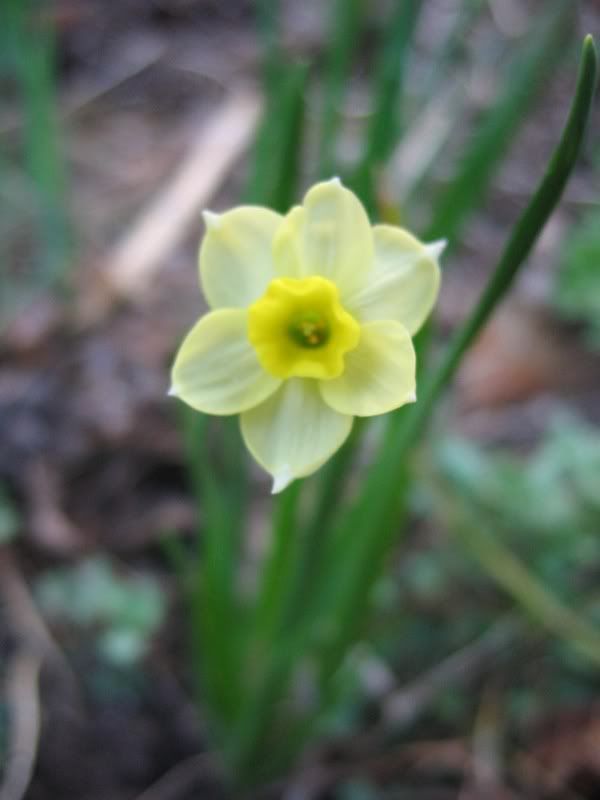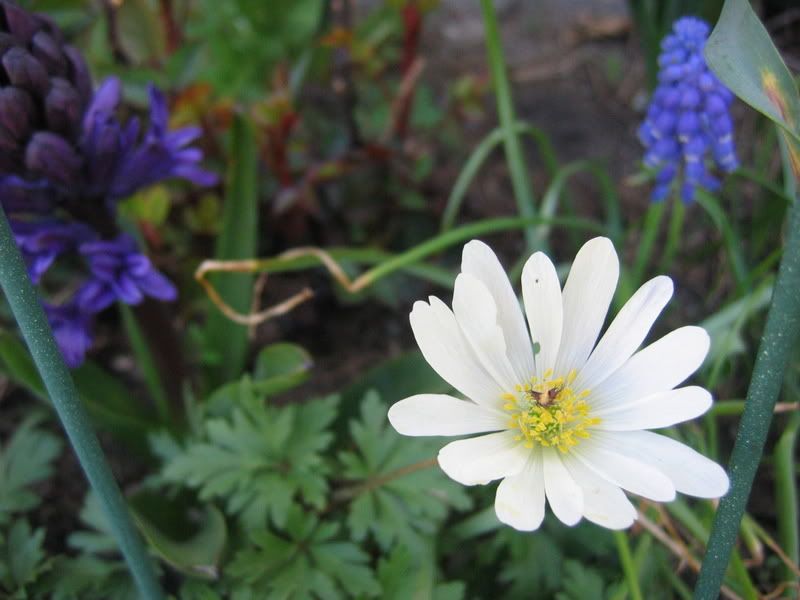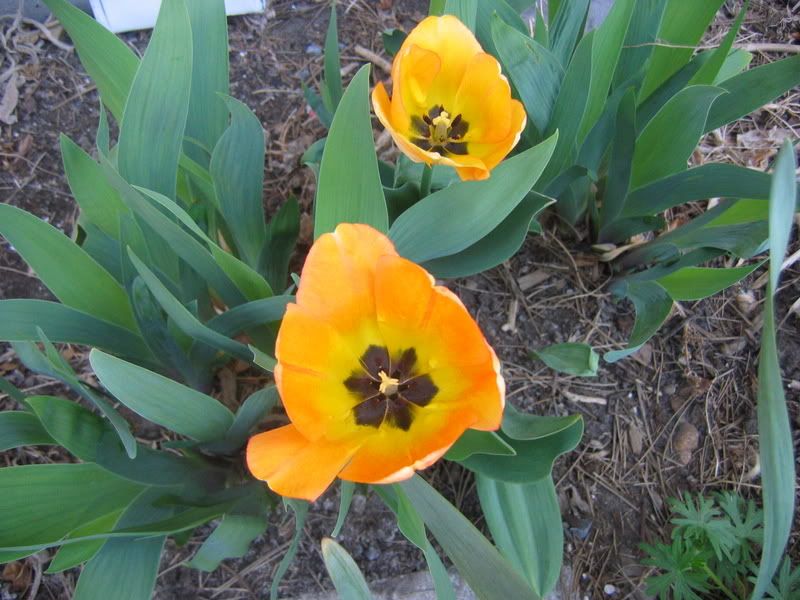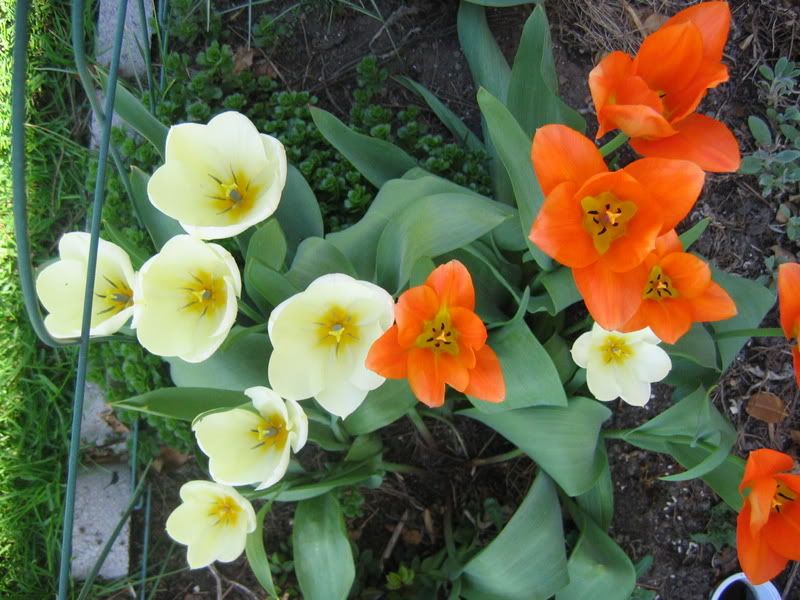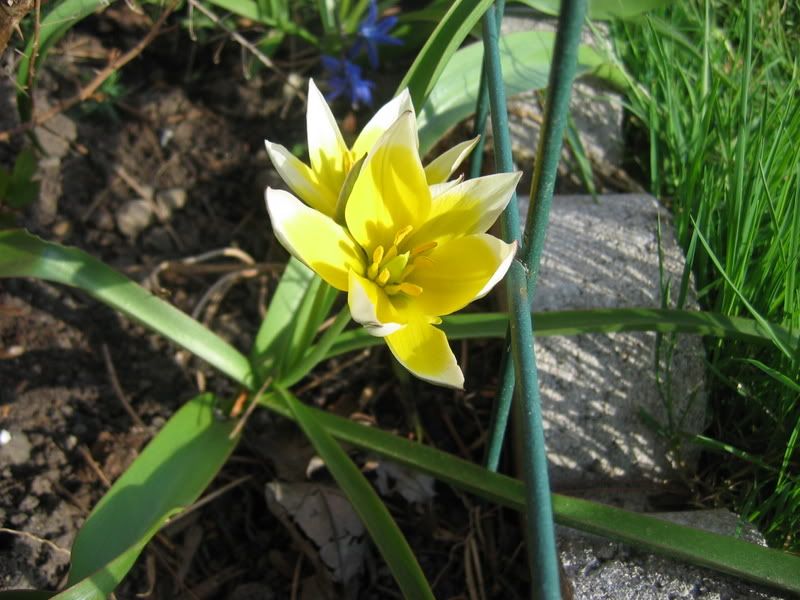I was sitting in the sun yesterday minding my own business, when my eyes strayed to the right and discovered the horror of an alien invasion! A brilliant red exoskeleton, twitching black antennae...
I did what any red-blooded defender of the planet would do and squashed the alien forthwith. And then I squashed its brother (sister? mate?). Too late I remembered my duty to the rest of the human community and realized that I should have photographed the intruders first to help others in the identification of the enemy. Fortunately, or unfortunately, depending on your perspective, I soon had the opportunity to redeem myself.
So be forewarned, inhabitants of the planet Earth, or at least the lily-growers of planet Earth, this is the enemy. It is known as the lily beetle, the red lily beetle, or Lilioceris lilii.
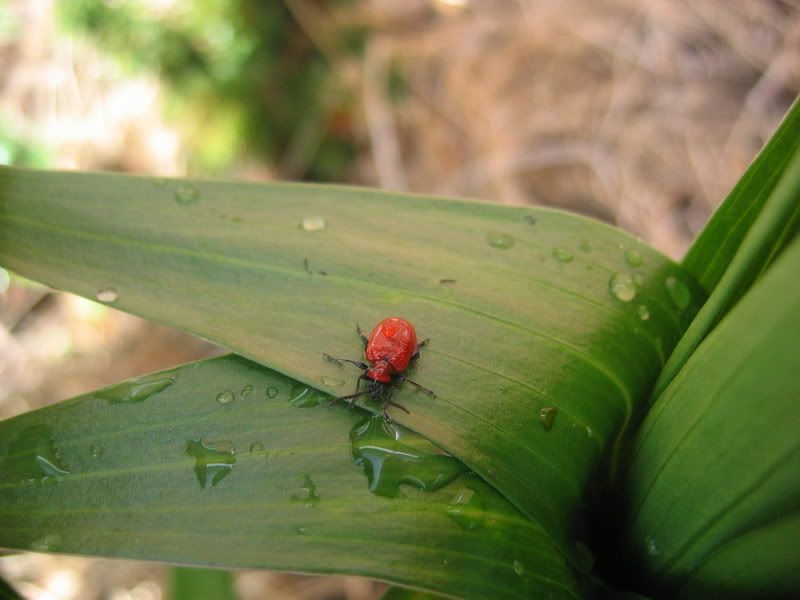
They are often found lurking at the base of a lily leaf, where their brilliant red nail polish colour is not so easily spotted. Small holes in the leaves are a tell-tale sign of their presence. They are very easy to catch by hand and drop into soapy water or squash. Being the squeamish sort, I usually drop them onto a hard surface and step on them, rather than dispatching them with my fingers. They are emerging from the soil at this time of year and if the battle is won at this time, we can breathe easily for the rest of the season.
If not...
They lay clutches of orange eggs, usually on the underside of the lower leaves where they are harder for human-sized eradicators to spot.

These are easily scraped off with a fingernail and if you can get all of them, you can breathe easy for the rest of the season.
If not...
Well, fortunately for me, I don't have a picture of the consequences. I might have in a couple of weeks if a clutch manages to escape the loving caress of my fingernail. The larvae are truly hideous and truly destructive. They usually start at the bottom of the lily stalk and work their way up, devouring as they go. I don't recommend dealing with them bare-handed, as they have the very nasty habit of piling their own excrement on their backs to discourage (very effectively) any predator who is considering them for lunch. It's been a few years since I've had to do it, but I normally handle them by holding a bowl of soapy water underneath them and knocking them into it with any twig I can get my hands on. I sincerely hope I won't be able to inflict their beauty on you, but if I catch them in my garden, I know what my duty is.
Lily beetle hunters of the world, be diligent. The survival of our lilies depends on you!
Technorati tag: Lily beetles


